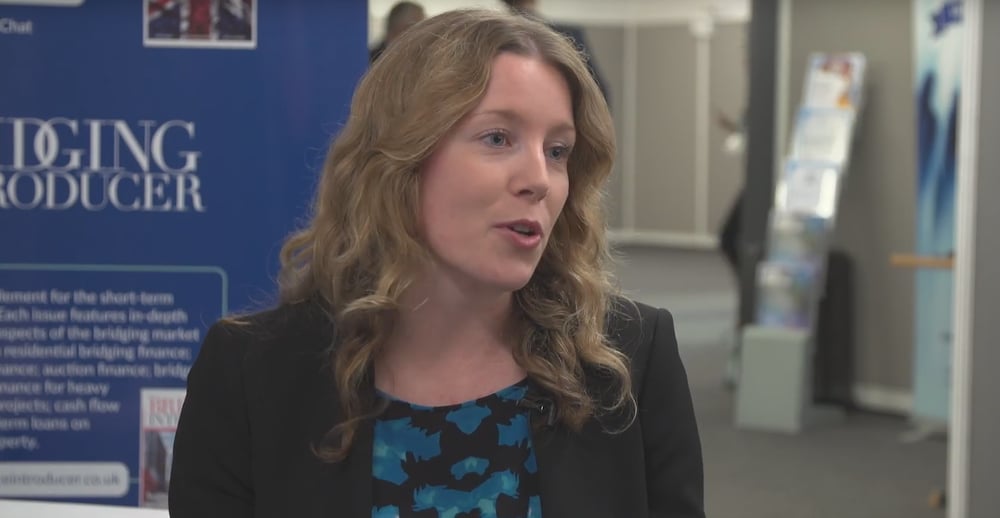Together, these three factors can continue to drive market growth and provide customers with what they want.

Alice Watson (pictured) is head of marketing and communications at Canada Life Home Finance
It may seem obvious, but progress is rarely linear. And while the latest figures from the Equity Release Council show that the UK equity release market recorded its fastest ever start to a year , lending growth has slowed compared to recent years. So the sector cannot afford to rest on its laurels. Instead, there should be special attention paid to three factors that will go a long way to shaping the future of equity release.
First, the industry as a whole must work together to further demystify equity release. Impressive market growth certainly suggests that inroads have been made, but we know that there are still too many potential customers whose misconceptions cause them to look elsewhere, missing what could be the most appropriate solution.
Canada Life’s Home Is Where The Wealth Is report found that the biggest barrier to equity release for over 55s was the fear that they will lose control of their property. But of course this is unfounded. Equity release customers who meet the terms and conditions of their loan will remain in control, and certainly retain ownership of their property.
The industry also needs to dispel the myth that there’s only one type of equity release product: the interest roll-up lifetime mortgage. Whilst this is one of the most popular products, especially with older homeowners who don’t have the income to make repayments, there are many more options on offer that suit a broader range of customer needs. By improving consumer awareness of the greater flexibility and certainty on offer, a wider audience may be attracted to explore the options available.
Relatedly, the second thing that the sector should focus on is continued innovation, which has been crucial to market growth. Recent Equity Release Council figures show that there are twice the number of product options available in the market compared to two years ago . This coincided with a record-breaking period for the market.
In order to stimulate the sector with greater customer activity, providers must continue to respond to consumer needs. Customer data from across the industry shows the expansive use of equity release, ranging from the more life-changing, such as helping relatives onto the housing ladder, to the ‘nice to haves’, like funding a dream holiday. And whilst consumer preferences will undoubtedly evolve, the industry must continue to provide products that offer them flexibility and peace of mind.
But future market growth also needs the support of advisers – the third key factor to the future of equity release. Earlier this year, Canada Life research found that advisers ranked more support for IFAs to get equity release qualified as the most important factor to making equity release more attractive in 2019. And with more qualified advisers comes the potential for more equity release customers.
It’s concerning then that a significant advice gap exists. There are 700,000 people reaching retirement age each year and around 33,000 registered advisers in the UK . Our research shows that one in eight advisers are not qualified to advise on equity release. Consequently, there is the very real likelihood that some consumers might not consider equity release because they can’t find an adviser who can help them access it. This is why it is so important the sector, Canada Life included, does all it can to ensure advisers have access to the information and support they are asking for.
A successful future for equity release will be supported by access, education and innovation. Together, these three factors can continue to drive market growth and provide customers with what they want.



